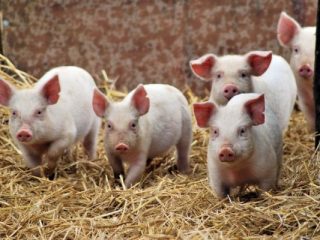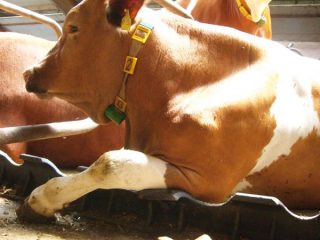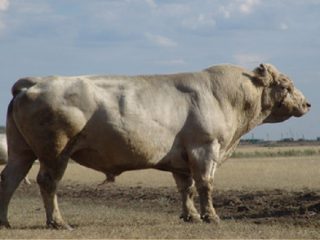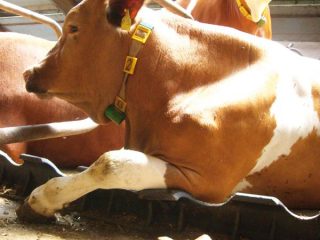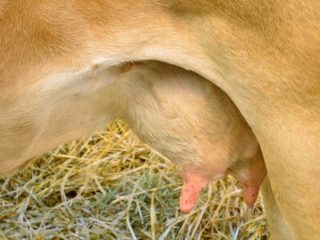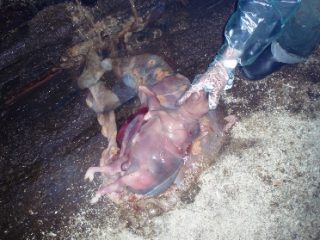Content
Alfalfa is popular for hay due to its high feeding qualities. This perennial legume grass grows well and provides several cuttings per year. It is important to choose the right timing for its harvesting and to properly prepare and store the hay.
Nutritional value of alfalfa hay
The nutritional value depends on the time at which alfalfa is harvested for hay. It reaches its maximum if harvesting was done during the budding phase. The averages are:
- metabolic energy – 6.7-7.8 MJ;
- crude protein – 167.4 g;
- digestible protein – 117.4-171 g;
- crude fiber 294.2 g;
- nitrogen-free extractives – 330 g;
- calcium – 17 g;
- vitamin D – 360 IU.
Alfalfa hay has a high biological value of protein. It is rich in essential amino acids - only lysine in it is 7.3 g per 1 kg.
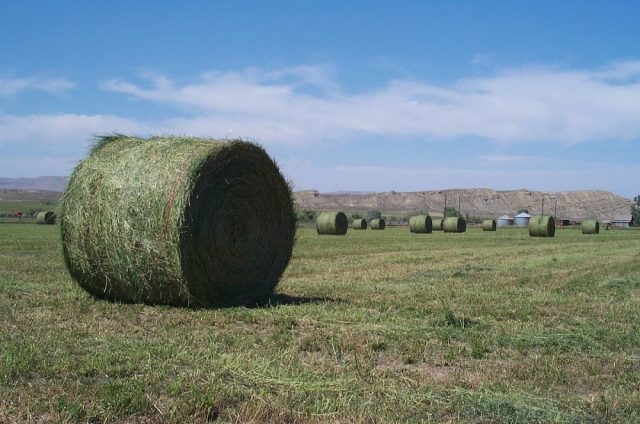
Due to its high value and optimal balance of nutrients, alfalfa hay has a beneficial effect on the general condition of livestock
How many days does grass take to grow?
Alfalfa is a spring plant. In the year of sowing, you can get a harvest of seeds or 2-3 hay cuttings.
In the first year of life, the average duration of the alfalfa growing season is 135 days, in the second and subsequent years – 115.This is the period from the emergence of seedlings to the ripening of seeds.
When sowing alfalfa in the first year, seedlings appear in 10-12 days. Branching begins after about 35-40 days, and budding after two months. 75-80 days pass before flowering, and no more than 40 from the moment of regrowth.
The process goes faster if alfalfa is sowed in summer. In this case, shoots will appear within a week, and branching will occur in 22-25 days.
It should be taken into account that the growing season of the crop begins in early spring and lasts until late autumn. Good growth is ensured at an average daily temperature of 7 °C.
When to cut alfalfa for hay
It is optimal to plan alfalfa haying in the budding phase or at the very beginning of flowering. If harvesting is late, the stems will be thicker and more fibrous. Delays in timing have a bad effect on the quality of hay and chemical composition.
If the zone is steppe or forest-steppe, and the moisture is natural, then alfalfa is mowed 2-3 times a year. When irrigation is organized, the frequency of cleaning increases to 4-5.
For the preparation of alfalfa haylage, mowing and flattening during the flowering period is optimal. Cleaning begins when the humidity is at least 60%.
The technology for cultivating alfalfa for hay suggests that the last cutting should be carried out at least a month before the end of the growing season. To preserve the buds, leave at least 8-10 cm in height.
Alfalfa yield for hay per 1 ha
With 5-6 cuts, the average alfalfa yield is 20-35 tons per 1 ha. If intensive agriculture is carried out, then this figure can reach 40 tons per year or more.
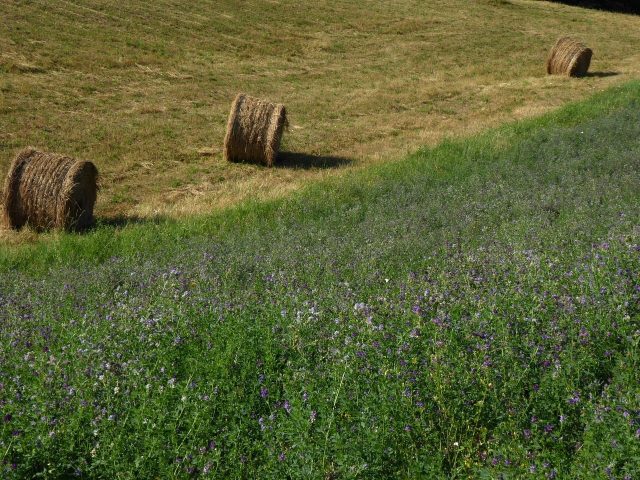
Although the highest quality of forage occurs during budding, alfalfa exhibits maximum yield during the flowering period
Making alfalfa hay
It is better to mow crops for hay in the morning or in the evening. This contributes to the preservation of alfalfa leaves, which contain 2-2.5 times more crude protein than the stems.
For harvesting, hay harvesting machines are used. Raking and windrow formation is ensured by side or wheel-finger rakes, then balers are used.
When using a mower-conditioner, drying time is reduced by 30%. Tedding the mown mass also helps speed up the process.
How to properly dry alfalfa for hay
Often, after cutting the grass with a machine, it is simply laid out on the field and left there to dry. The downside is that rain will cause mold and poor quality.
To speed up drying, they resort to flattening the stems. Then proceed like this:
- Twist and turn the clippings 1-2 times, starting at a humidity of 60-65%.
- At a humidity of 45-55%, rake the raw materials from the swaths into windrows.
- Pick up the dried grass from the windrows.
- At a humidity of 22-25%, form into piles.
- In heaps, dry the grass naturally to 17-18%.
- Collect and transport the heaps to the storage location.
If you plan to store in bales or rolls, then after raking from the swaths into windrows, the latter need to be turned. Formation is completed at a humidity of no more than 20%.
When using active ventilation, a minimum productivity of 2000 m³/h of air per 1 ton of dry mass is recommended. It is necessary to stack the bales tightly so that the spacing of the rows does not coincide. This minimizes air loss.
With active ventilation with relative air humidity, it is worth increasing its temperature by heating.It is optimal to increase the indicator by 4-5 °C. If the air is heated too much, water vapor can condense, causing food spoilage.
Herb storage
For long-term storage, hay with a moisture content of up to 19% is optimal. If it is higher and the temperature is positive, then the feed will begin to warm up. All chemical reactions also accelerate. At 80 °C the hay turns black and spontaneous combustion is possible, and at 300 °C it can ignite.
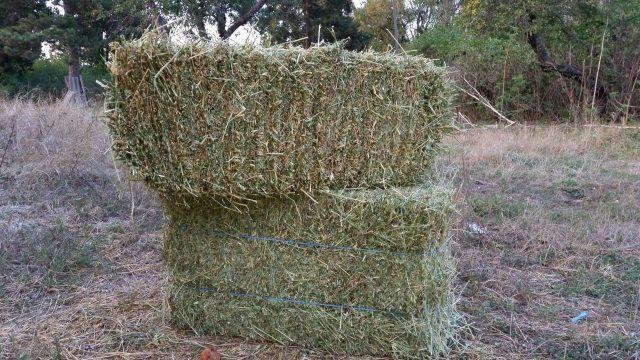
When heating hay, the loss of nutrients is high - the digestibility of protein, fat, etc. sharply decreases.
If open hay storage is chosen, the stack is combed. This will protect against moisture accumulation during precipitation. Film or straw is used as cover.
It is important to prevent self-heating of the hay. For this, good ventilation and air humidity up to 75% are important.
Farms practice adding salt to under-dried hay to delay self-heating and molding. For 1 ton take 5-20 kg of table salt. This option is suitable if the moisture content of the feed is no more than 25%. Otherwise, the amount of salt must be increased, which may exceed the permissible norm for animals.
Conclusion
Alfalfa is harvested for hay several times during the summer. The raw materials collected during the budding phase are of the highest quality; the greatest yield is collected during the flowering phase. It is important to properly dry the hay and store it under certain conditions.

